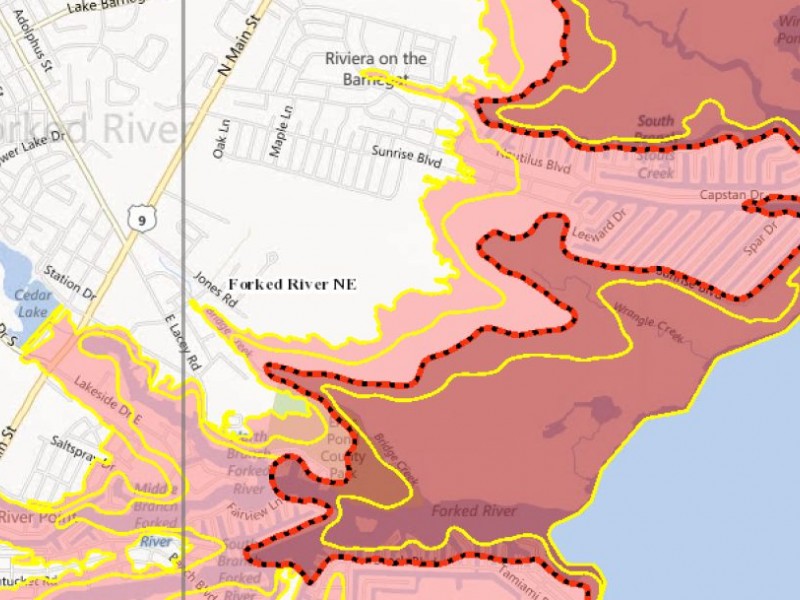

Darda will be ready for the next hurricane or windstorm because he fought to mitigate his home. Darda made to his home mean he will never sustain damages from Mother Nature again? Only time will tell, but Mr. Darda will fortify his roof with wind clips and straps when replaced, further reducing his risk from wind damage. This damage allowed some water into his home. On August 29, 2021, When Ida made landfall near Port Fourchon, Louisiana, coinciding with the 16-year anniversary of Hurricane Katrina, as a strengthening Category 4 storm with maximum sustained winds of 150 mph, the storm delivered a devastating blow to his roof. He has kept this commitment and as a result the four feet of water surging in from Hurricane Ida flowed freely under his home, causing no flood damage.ĭid Hurricane Ida damage his home? Unfortunately, yes. Obstructions include enclosing the area underneath his home, placing equipment such as a hot water heater, HVAC system or fill dirt.
#BASE FLOOD ELEVATION FREE#
Darda’s commitment? He agreed to keep the lowest part of the structure free from obstructions. His share was 20%, equaling $40,000 and the federal share through the HMGP was $160,000. The cost was approximately $200,000 to elevate his home. The scope of work included the elevation of the structure itself, as well as the Heating, Air Conditioning and Ventilation (HVAC) system, the outlets, the hot water heater system, and other interior elements. The local community chose this elevation project for funding allowing Mr. Darda obtained bids for the cost of the elevation and chose an elevation company. Darda applied through his local government for the funding for elevating his home. To make this mitigation action a reality, Mr. Development of this mitigation grant identifies hazards that need to be addressed and include local partners and funding opportunities., Hazards identified by the community form the basis for projects, this includes local partners, funding opportunities, and specific options to address specific needs. The HMGP is a state-managed program using federal funds for mitigation projects following a federally declared disaster. “I love my community, so I knew I had to work with my officials to get my home elevated out of harm’s way.” So, what did he do? “I insisted my home be elevated six feet above the Base Flood Elevation, which means 10 feet above the ground.”

This is where I choose to live because this is my community,” Darda stated. Elevating his home was the only hope of avoiding future flood damage. He was able to access a Disaster Assistance Loan from the Small Business Administration to supplement his flood insurance payout, but he knew this was a stop-gap solution. Darda’s home by pushing two feet of water through the structure. The storm produced a damaging, destructive and deadly surge across the upper Texas and southwest Louisiana coasts. Darda had almost recovered from Hurricane Rita. Hurricane Ike struck the Louisiana coast in 2008 as a Category 2 hurricane with maximum sustained winds of 110 mph, just as Mr. Darda gutted and repaired his home with the help of a National Flood Insurance Program (NFIP) policy claim that he had purchased and maintained since 1978. In 2005, Hurricane Rita inundated his house with two inches of water.


 0 kommentar(er)
0 kommentar(er)
